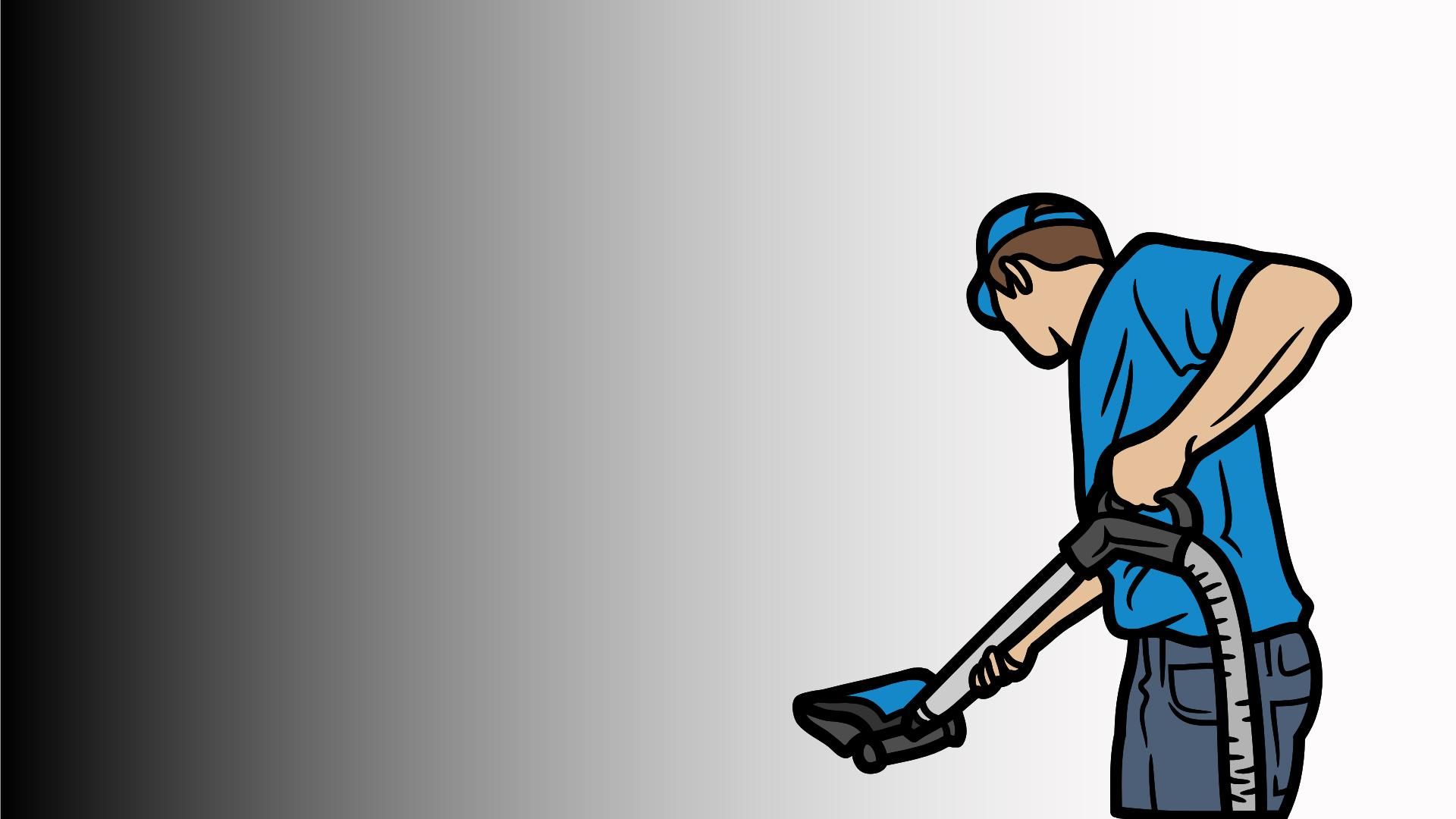FAQs about Air Quality Testing in Post Falls ID
Why is air quality testing important after water damage?
Air quality testing is crucial after encountering water damage because excess moisture can lead to the growth of mold and bacteria, which can negatively impact indoor air quality. Particles such as mold spores can become airborne, posing health risks to anyone exposed, particularly those with respiratory issues. Testing helps identify these hazards and ensures that necessary remediation measures can be implemented.
How often should I get my air quality tested?
It is advisable to get your air quality tested at least once a year, especially if you live in a region prone to flooding or high humidity. Additionally, if you experience any water damage, leaks, or significant changes in your environment, it's essential to perform air quality testing immediately to identify potential contaminants.
What does air quality testing involve?
Air quality testing typically involves sampling the air to detect pollutants, allergens, and harmful microorganisms. It can include measuring humidity levels, assessing for VOCs (volatile organic compounds), and checking for mold spores. A professional will conduct the tests using specialized equipment and provide a report on their findings, along with recommendations to improve air quality.
Can I perform air quality testing myself?
While some basic testing kits are available for consumer purchase, it is highly recommended to hire a professional for comprehensive air quality testing. Professionals use advanced equipment and techniques to ensure accurate results, can properly identify specific contaminants, and can provide appropriate remediation strategies based on their findings.
What should I do if the air quality test shows high levels of pollutants?
If the air quality test reveals elevated levels of pollutants or contaminants, it is important to take immediate action. This may involve contacting a professional remediation service, like Water Damage Restoration, to assess the situation and implement strategies to improve air quality, such as mold removal, ventilation improvements, and air filtration systems.

